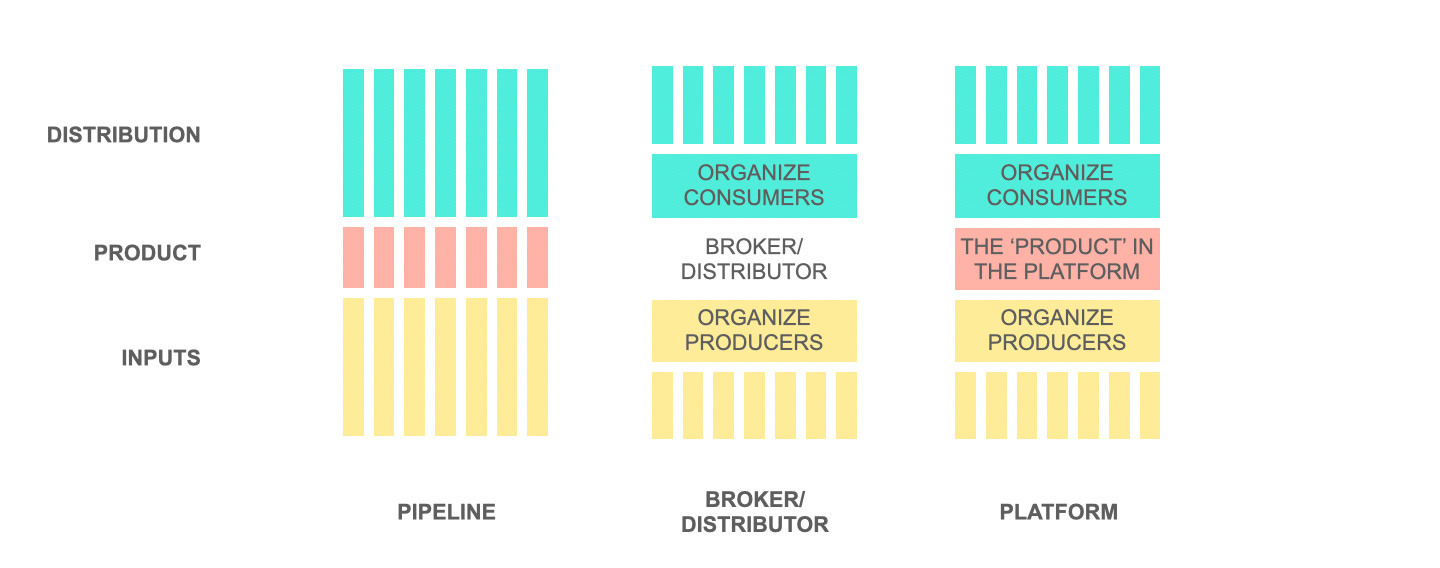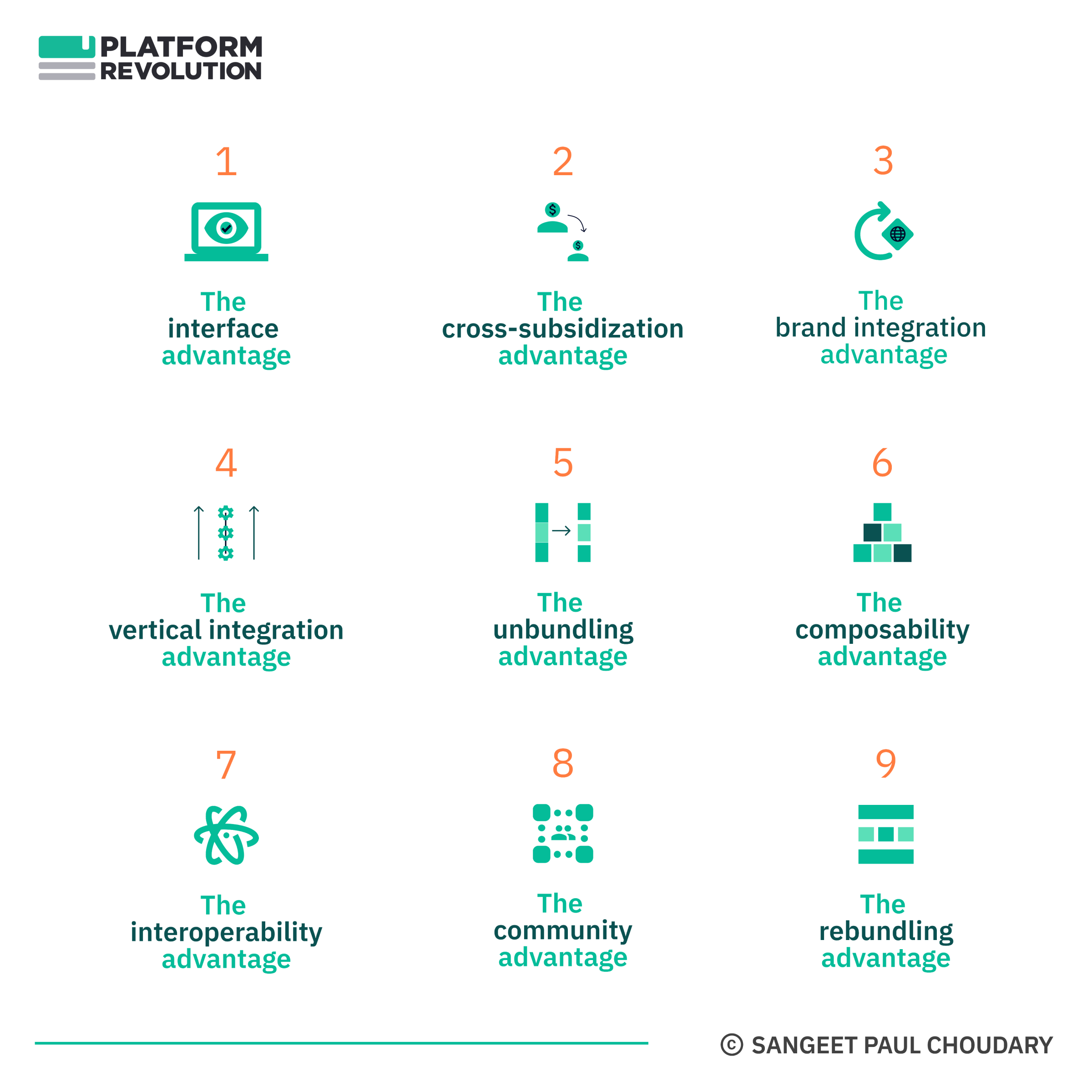Strategy
Understanding TikTok – The new rules of China’s BigTech
Exploring the impact of AI on TikTok and beyond
Tiktok has taken the world by storm. Every few years, we see a new social media platform come up. But this time, it’s just a little bit different.
What’s really interesting is not Tiktok in itself, but more broadly how AI is likely to change our mental models on platforms.
The rise of AI is fundamentally going to change how ecosystem users interact with platforms.
Tiktok’s parent company Bytedance is an AI powerhouse. Tiktok is just one of several ‘instances’ of its AI prowess. To understand how AI will change platforms of the future, we need to understand TikTok.
Mental model #1: AI-driven recommendation engine
One of the best places to understand TikTok is this brilliant piece by the NewYorker.
Money quote: “TikTok is a social network that has nothing to do with one’s social network. It doesn’t ask you to tell it who you know—in the future according to ByteDance, “large-scale AI models” will determine our “personalized information flows,” as the Web site for the company’s research lab declares. The app provides a “Discover” page, with an index of trending hashtags, and a “For You” feed, which is personalized—if that’s the right word—by a machine-learning system that analyzes each video and tracks user behavior so that it can serve up a continually refined, never-ending stream of TikToks optimized to hold your attention. In the teleology of TikTok, humans were put on Earth to make good content, and “good content” is anything that is shared, replicated, and built upon. In essence, the platform is an enormous meme factory, compressing the world into pellets of virality and dispensing those pellets until you get full or fall asleep.”
Mental model #2: Short-form immersive video with browse
For starters, here’s what Zuckerburg thinks about Tiktok.
“And the way that we kind of think about it is: it’s married short-form, immersive video with browse. So it’s almost like the Explore Tab that we have on Instagram, which is today primarily about feed posts and highlighting different feed posts. I kind of think about TikTok as if it were Explore for stories, and that were the whole app. “
Zuckerburg either doesn’t get it (unlikely) or gets it but isn’t willing to admit it. In any case, dismissing TikTok’s innovation as ‘short-form, immersive video with browse” is missing the whole point.
Mental model #3: AI-as-the-tool
AI-as-the-product (TikTok) vs AI-as-the-tool (Instagram)
This article makes another attempt to grasp at the difference:
“TikTok is fully reliant on AI, and that makes all the difference. Rather than asking users to tap into a video thumbnail or click into a channel, the app’s AI algorithms decide which videos to show users. The full-screen design of TikTok allows every video to unveil both positive and negative signals from users (positive = a like, follow, or watching until the end; negative = swipe away, press down). Even the speed at which users swipe a video away is a relevant signal.
Instagram, on the other hand, uses AI as a tool instead of the actual product. Although AI helps determine the recommended videos shown in one’s Instagram’s explore feed, the thumbnail presentation gives the platform less clear signaling of likes and dislikes. If someone didn’t click into a thumbnail, is it really because they wouldn’t like that video?
How is this different than platforms and products like Facebook news feed, Netflix, Spotify, and YouTube, which all also famously use recommendation algorithms to users on what to pay attention to (whether news, shows, music, or videos)? I’d argue that the approach that the apps mentioned in this post take a more AI-centric approach, each in different ways. TikTok, for example, never presents a list of recommendations to the user (like Netflix and YouTube do), and never asks the user to explicitly express intent — the platform infers and decides entirely what the user should watch.”
AI-as-the-product begins to acknowledge what’s different about TikTok but it still doesn’t fully capture what makes TikTok, and likely the next generation of platforms, so different from the previous generation of platforms.
So how should we think about TikTok?
To understand what’s really different, we need to understand that a key role performed by technology in ecosystems is decision support. Recommendation systems and rating & review systems are decision support systems. Platforms typically recommend content and leave the final choice on consumption with the user.
Here’s what’s really different:
AI takes over decision making – it internalizes decision making – and effectively takes the decision on behalf of the user.
Internalizing decision support has a direct impact on design. Much of interface design is composed of decision support systems. When that gets taken away, UX will fundamentally change in the age of AI to include fewer decision support aids and place fewer decision points in a user’s journey.
This also has an impact on engagement and session length.
By removing the need to constantly shift from consumption to decision, it creates a longer and more engaged chain of consumption.
Internalizing decision making has a direct impact on the economics of ecosystem participation on platforms. If we view decisions as costs of participation, internalizing decisions increases participation, leading to higher engagement and more data creation, leading to stronger AI models.
If you’ve enjoyed reading this so far, join this article discussion as a tweetstorm on Twitter.
How AI will transform industries
More broadly, AI’s ability to internalize decisions will have greater impact across industries by changing the economics of stakeholder participation.
This HBR article provides a good introduction to the topic.
So here’s the difference that’s really important:
Traditional recommendation engines are built to inform decision making. AI-based recommendation takes over decision making.
The absorption and internalization of decision support is more central to certain contexts and form factors. Voice is one example, which is why Amazon’s focus on AI is worth noting.
Web search can afford to rely on decision support and present 10 results to the user. But, voice-based search needs to be precise and needs to narrow down to the most relevant recommendation.
This is also why Amazon consolidated their many disjointed internal AI efforts around Alexa. AI has helped Amazon benefit from entirely new network effects. One such network effect is observed in the Alexa skills ecosystem.
What is less visible is the impact of AI on AWS.
Scale is achieved by making repeatable processes more efficient (faster/cheaper) and effective (accurate).
Feel Free to Share
Download
Download Our Insights Pack!
- Get more insights into how companies apply platform strategies
- Get early access to implementation criteria
- Get the latest on macro trends and practical frameworks
AI as-a-service
The real big opportunity for Bytedance is in AI AAS.
What Bytedance really has is a core set of AI engines on which TikTok, Toutiao and Douyin are just service instances. These AI engines can be provided as a service to power similar business models across industries.
Back to that excellent NewYorker article
Money quote: “ByteDance has more than a dozen products, a number of which depend on A.I. recommendation engines. These platforms collect data that the company aggregates and uses to refine its algorithms, which the company then uses to refine its platforms; rinse, repeat. This feedback loop, called the “virtuous cycle of A.I.,” is what each TikTok user experiences in miniature. The company would not comment on the details of its recommendation algorithm, but ByteDance has touted its research into computer vision, a process that involves extracting and classifying visual information; on the Web site of its research lab, the company lists “short video recommendation system” among the applications of the computer-vision technology that it’s developing.”
Eventually, Bytedance wants to do to AI what Amazon did to storage+compute – Commoditize and open as a service.
What Bytedance really has is a core set of AI engines on which TikTok, Toutiao and Douyin are just services instances. These AI engines can be provided as a service to power similar business models across industries.
AI and the future of work
Finally, I believe that we overestimate AI’s ability to take work away from humans and underestimate its ability to influence and inform human output. In fact, automation is a very narrow way to think about AI.
Automation looks at work that can be taken away from humans. And experts gravitate to claiming that repetitive work will get automated but humans will still perform creative work.
This is where TikTok again informs our mental model on the future of platforms and work. TikTok video creation, is arguably, creative work that is heavily influenced and informed by AI. Humans still perform the work but the AI informs their video creation.
We’re only beginning to understand the ways that AI will change the design and economics of platform ecosystems. There’s a lot more to come. Stay tuned!
State of the Platform Revolution
The State of the Platform Revolution report covers the key themes in the platform economy in the aftermath of the Covid-19 pandemic.
This annual report, based on Sangeet’s international best-selling book Platform Revolution, highlights the key themes shaping the future of value creation and power structures in the platform economy.
Themes covered in this report have been presented at multiple Fortune 500 board meetings, C-level conclaves, international summits, and policy roundtables.
Subscribe to Our Newsletter













